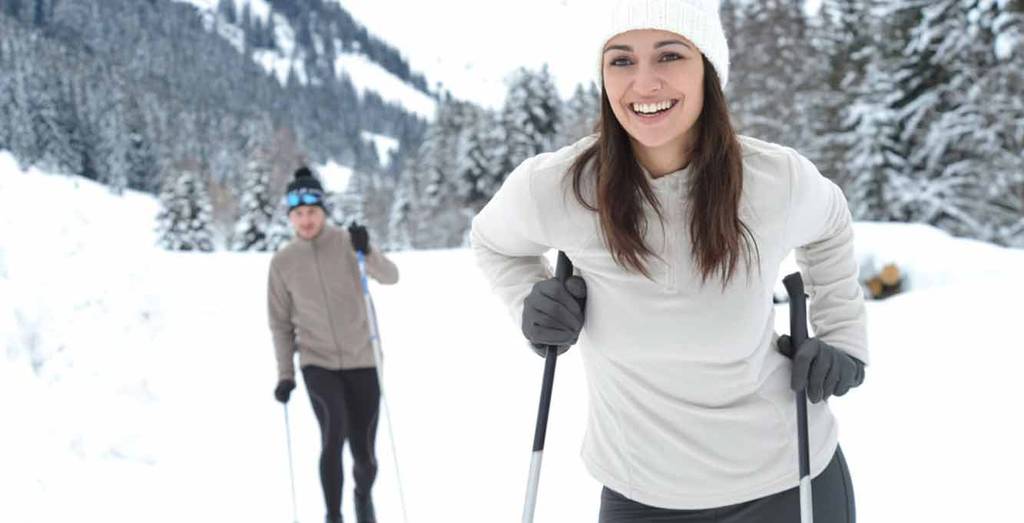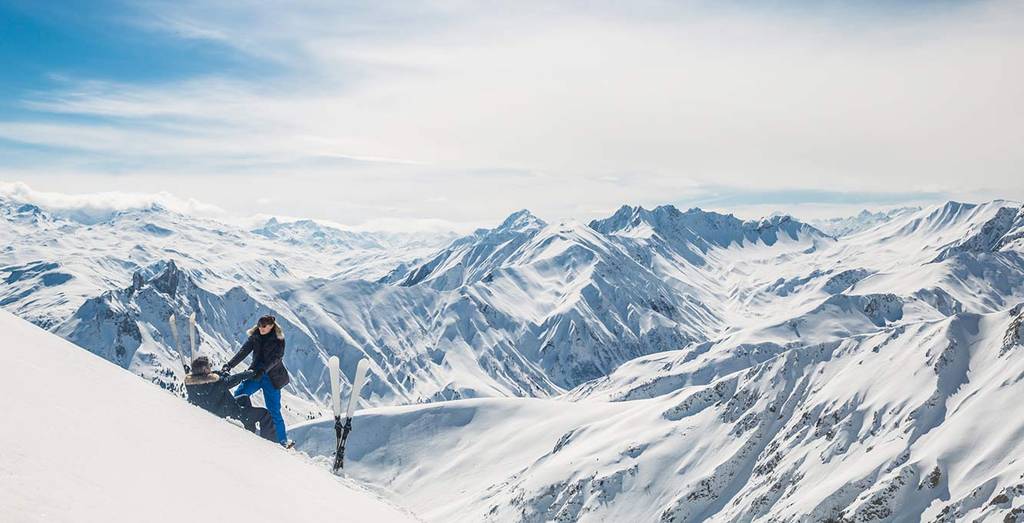
There are two cross-country skiing styles – classic and skating.
Classic is easier to learn, but harder to perfect, while skating is harder to learn but easier to master.
Says Fern. “People often see classic as walking on a set of skis, just shuffling around, but to ski well it’s much harder than you think. Picking up the basics might seem reasonably easy, but mastering the classic techniques can be a lot harder than skating”.
"A lot of people enjoy learning the skating style because it’s like ice-skating and it’s the faster of the two techniques –younger people enjoy getting out there and doing the motion that they enjoy."



